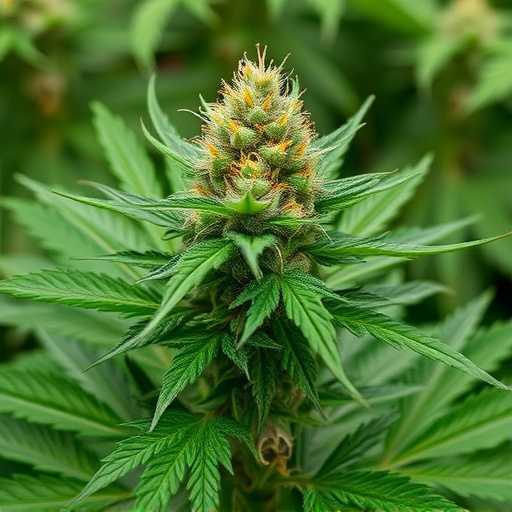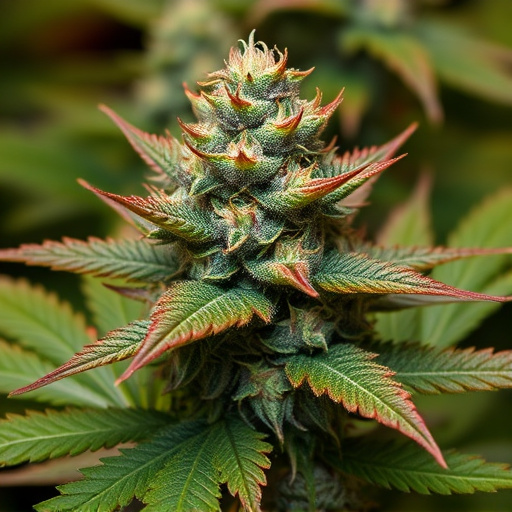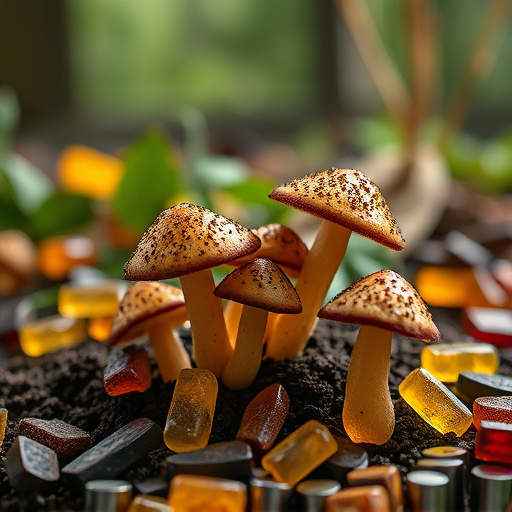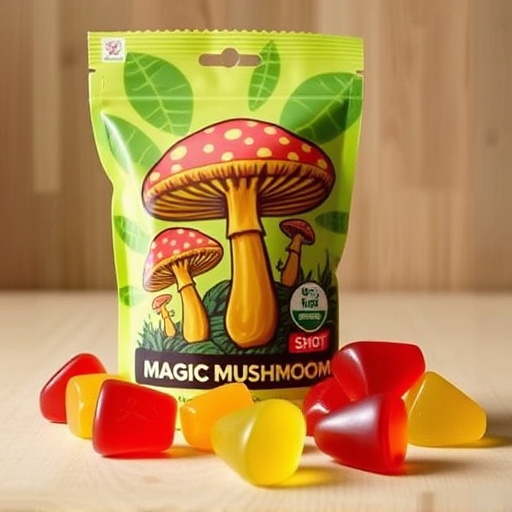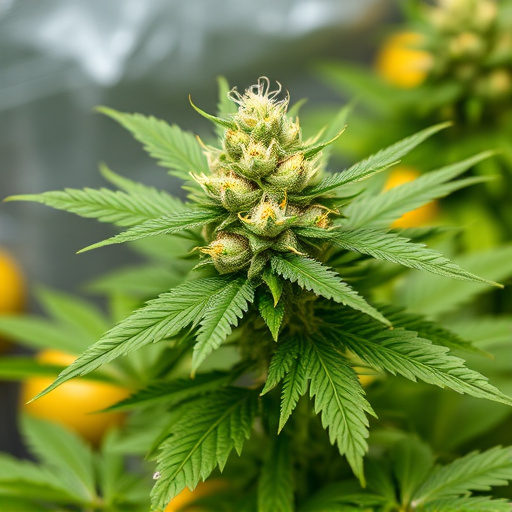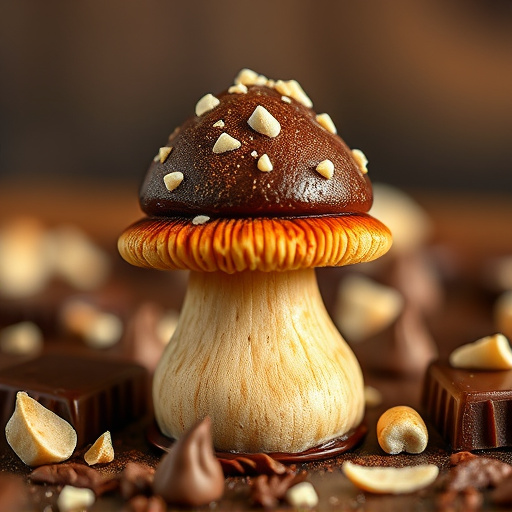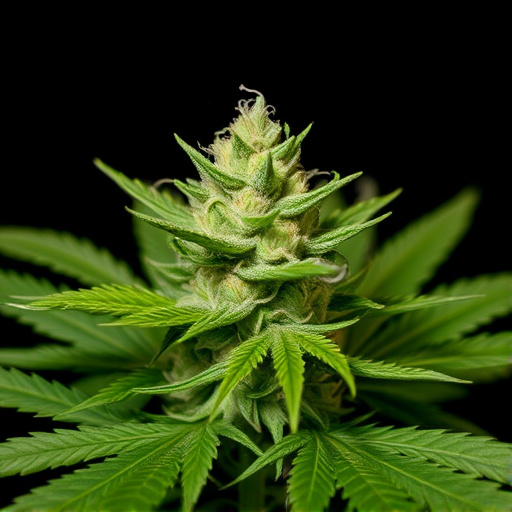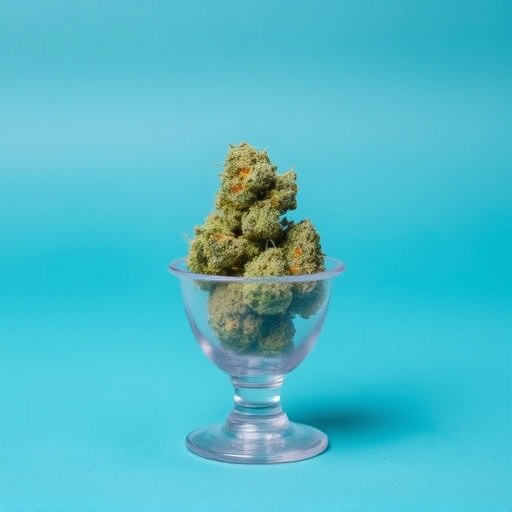Trichomes, tiny glandular hairs on cannabis flowers, play a crucial role in defining the unique properties and experiences of various cannabis cup strains. They produce terpenes and cannabinoids that determine aroma, flavor, and effects. Maturity impacts trichomes' consistency, affecting potency and medicinal qualities. Identifying trichome types—from clear to milky to amber—helps users appreciate strain characteristics and make informed choices. Cannabis cultivators breed strains with specific trichome counts and compositions for diverse sensory profiles, catering to varied consumer preferences in prestigious Cannabis Cup competitions.
“Unraveling the secrets within cannabis flowers lies a fascinating world of trichomes—tiny, hair-like structures that play a pivotal role in shaping the plant’s unique properties. This article delves into the intricate details of trichomes and their profound impact on cannabis cultivation. From identifying various trichome types to understanding their influence on distinct cannabis cup strains, we explore why these microscopic marvels matter. Get ready to discover how trichome count contributes to the very essence of what makes each strain a unique experience.”
- What Are Trichomes and Why Do They Matter in Cannabis?
- Identifying Trichome Types and Their Impact on Cannabis Strains
- How Trichome Count Contributes to the Distinctive Characteristics of Cannabis Cup Strains
What Are Trichomes and Why Do They Matter in Cannabis?
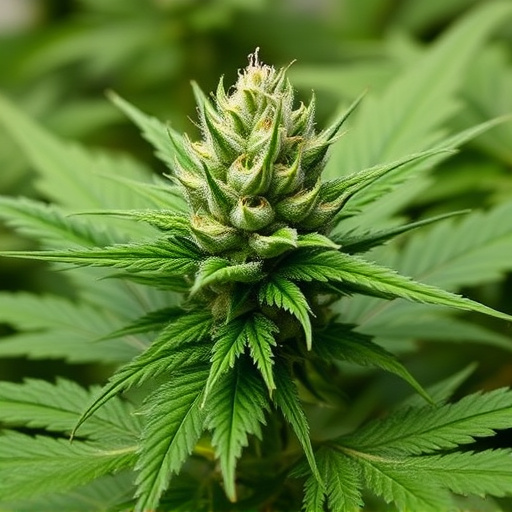
Trichomes, tiny glandular hairs found on the surface of cannabis flowers, are a key element in understanding the plant’s unique properties and the diverse experiences it offers. These microscopic structures produce and secrete various compounds, including terpenes and cannabinoids, which contribute to the distinct aroma, flavor, and effects associated with different cannabis cup strains.
In the world of cannabis, trichomes play a vital role in determining the quality and potency of each strain. As they mature, trichomes develop a sticky consistency, trapping these valuable compounds. The concentration and type of compounds within the trichomes directly impact the plant’s medicinal and recreational properties, making them a critical factor for cultivators and enthusiasts alike. Understanding trichomes allows cannabis users to appreciate the intricate chemistry behind their favorite strains and make informed choices based on desired effects.
Identifying Trichome Types and Their Impact on Cannabis Strains
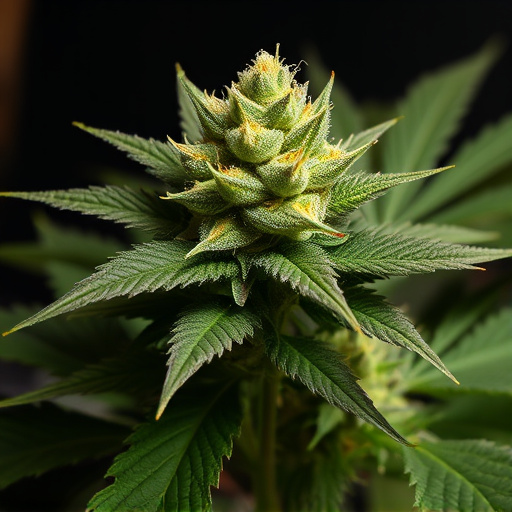
Identifying different trichome types is key in understanding the unique characteristics and effects of various cannabis strains, often celebrated during prestigious Cannabis Cups. Trichomes are small, glandular hairs that cover the surface of cannabis flowers. They produce a wide range of compounds, including terpenes and cannabinoids, which contribute to the plant’s aroma, flavor, and medicinal properties. By examining these trichomes under a microscope or using close-up photography, cultivators and enthusiasts can identify three main types: clear, milky, and amber.
Clear trichomes are typically young and soft, indicating a strain’s potential for high levels of THC. They have a transparent appearance and often reflect light, giving the flower a sparkling effect. Milky trichomes suggest maturity and an equilibrium of cannabinoids. These strands appear cloudy or white and usually signal a balanced blend of THC and CBD. Amber trichomes are mature and often indicate higher levels of CBD, which may provide medicinal benefits without the psychoactive effects of THC. This visual distinction helps cannabis aficionados choose strains aligned with their desired effects during competitions like Cannabis Cup events.
How Trichome Count Contributes to the Distinctive Characteristics of Cannabis Cup Strains

The distinctive characteristics of cannabis cup strains are closely tied to the trichome count, those tiny hair-like structures that cover the plant’s surface. Trichomes produce and concentrate cannabinoids and terpenes, the compounds responsible for cannabis’s unique aroma, flavor, and effects. More trichomes generally mean higher levels of these compounds, contributing to a more potent and nuanced experience. For example, strains with abundant, resiny trichomes often exhibit a strong, pungent scent and may deliver a more intense high due to increased THC or other cannabinoid concentrations.
Different cannabis cup strains are bred to showcase specific trichome types and densities, leading to varied sensory profiles. Some varieties boast sparse but large trichomes, resulting in a milder aroma but potentially higher levels of certain terpenes. Conversely, dense trichome coverage produces a more robust scent and often correlates with higher cannabinoid content. This focus on trichome count and composition allows cultivators to craft cannabis cup strains that cater to diverse consumer preferences, whether it’s a subtle, relaxing high or an intense, energizing experience.
Understanding trichomes is key to appreciating the nuanced characteristics of cannabis cup strains. These microscopic structures, secreted by cannabis flowers, play a pivotal role in shaping the plant’s aroma, flavor, and effects. By identifying different trichome types and their impact on various cannabis strains, enthusiasts can gain a deeper connection with this versatile plant, ultimately enhancing their enjoyment and appreciation of its diverse offerings.
